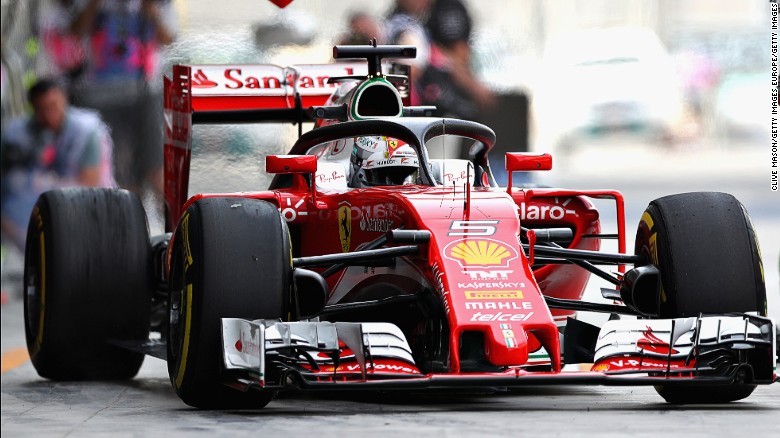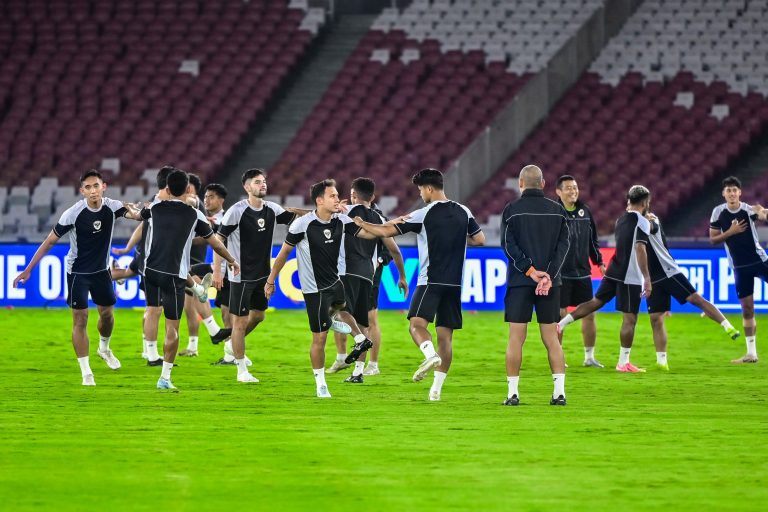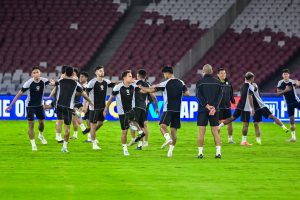Formula 1 takes off on its official summer break toward the finish of this current week however far from the cameras there will be bounty going on. The groups need to authoritatively shut their production lines down for two weeks and are not permitted to do any work on their autos, or even utilize work email.
Eleven races into the big showdown battle, a reasonable example has risen in the execution of the Ferrari and Mercedes autos.
While they are firmly coordinated all over the place, there is a pattern as far as which auto performs best on which sorts of track.
Tight and twisty tracks, for example, the last race in Hungary, support Ferrari. The red auto is now a less demanding auto to work with, with a more extensive working window. Over that, it has a more powerful high-downforce bundle.
In attempting to coordinate the Ferrari on these sorts of tracks, the Mercedes keeps running up against its execution limits, and as the drivers push to endeavor to coordinate the Ferrari, the auto winds up plainly hard to drive, inclined to snaps at the back in a few corners, understeer – an absence of front grasp – in others. Hamilton said in Hungary: “When you drive it to a certain limit the car feels fine, but then you see Ferrari’s time, you think you need to push further. So you drive 100% and the car is more on a knife edge. You are taking it into places you don’t want to go.”
In any case, group managers and drivers have cell phones, and there is a great deal to deal with in the coming weeks.
Driver contracts should be dealt with for 2018, a few groups could change motor providers and keeping in mind that they might be unwinding on the shoreline, or wherever, senior figures will be plotting how to augment the second 50% of the title.
Not slightest those at Ferrari and Mercedes, with the title fight between Sebastian Vettel and Lewis Hamilton finely balanced.
So how about we investigate what could change before the Belgian Grand Prix on 25-27 August – and what could occur next.
















